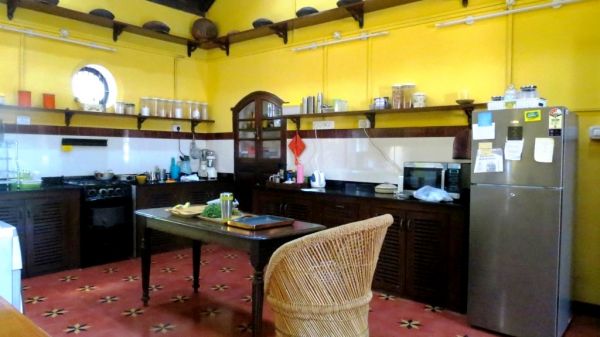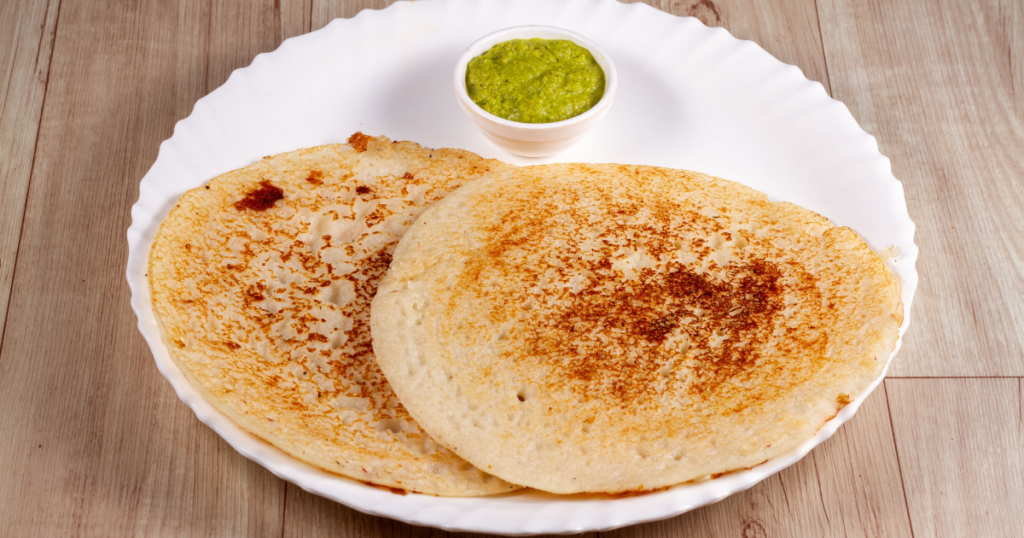
As rain lashes against tiled roofs and coconut palms sway in the monsoon wind, the heart of every Goan home, the kitchen comes alive. The rainy season in Goa doesn’t just change the landscape; it transforms the rhythm, aromas, and rituals of the household kitchen into something beautifully nostalgic and deeply comforting.
The Warmth of Seasonal Cooking
Goans embrace the rainy season by preparing warm, earthy meals that soothe the body and soul. Traditional dishes like patal bhaji (gram flour curry), tambdi bhaji (red amaranth stir-fry), and alsande tonak (black-eyed pea curry) fill the home with rich, spicy aromas. Cooks use seasonal greens and roots freshly brought from the local market or even the backyard garden. Hot rice, a generous drizzle of coconut oil, and tangy sol kadhi often accompany these meals, offering comfort after long, wet days.
Monsoon Ingredients that Steal the Show
Monsoons reduce fresh fish supply due to the fishing ban, so Goan kitchens rely on dried fish, pickles, and preserved chutneys. Dried prawns, mackerel, and bombil become heroes of the season, finding their way into kismur, a spicy coconut-based side dish that pairs beautifully with rice. Tubers like kule (yam), maddi (taro), and sweet potatoes are roasted, boiled, or curried. Wild mushrooms, known as alambe, are prized delicacies used in richly spiced gravies and stir-fries.
Rainy-Day Snacks and Evening Tea
Goan kitchens turn snacky during the rain. You’ll often find someone frying mirchi bhajis, batata vadas, or pao stuffed with choris. These snacks taste best when paired with boiling hot black tea or lemon grass-infused chai, often shared with neighbours or guests who drop in during passing showers. On special days, grannies pull out brass pans to prepare holle (rice pancakes) or dodol, filling the home with the comforting scent of coconut, jaggery, and rice.
The Sacred and the Simple
The rainy season also means festivals and religious rituals, and Goan kitchens play a key role. During Sao Joao and Chikhal Kalo, families prepare offerings like patoleos—rice leaf parcels filled with jaggery and coconut—and Naivedyam thalis filled with local vegetables, dals, and sweets.
Food isn’t just cooked to feed—it’s offered, celebrated, and remembered.
Preserving for the Months Ahead
During monsoon, many households prepare for scarcity by drying ingredients under brief spells of sun or storing homemade pickles, papads, and masalas. Elders work patiently over stoves and stone grinders, preserving not just ingredients but culinary wisdom passed down for generations.
Conclusion: A Kitchen Full of Heart
Inside a Goan kitchen during the rainy season, every corner tells a story of care, tradition, resourcefulness, and love. As thunder rolls outside, the kitchen remains warm and alive, a space where flavors become memories and meals become moments shared. Rain in Goa may bring grey skies, but the kitchen ensures the season is filled with color, taste, and soul.


